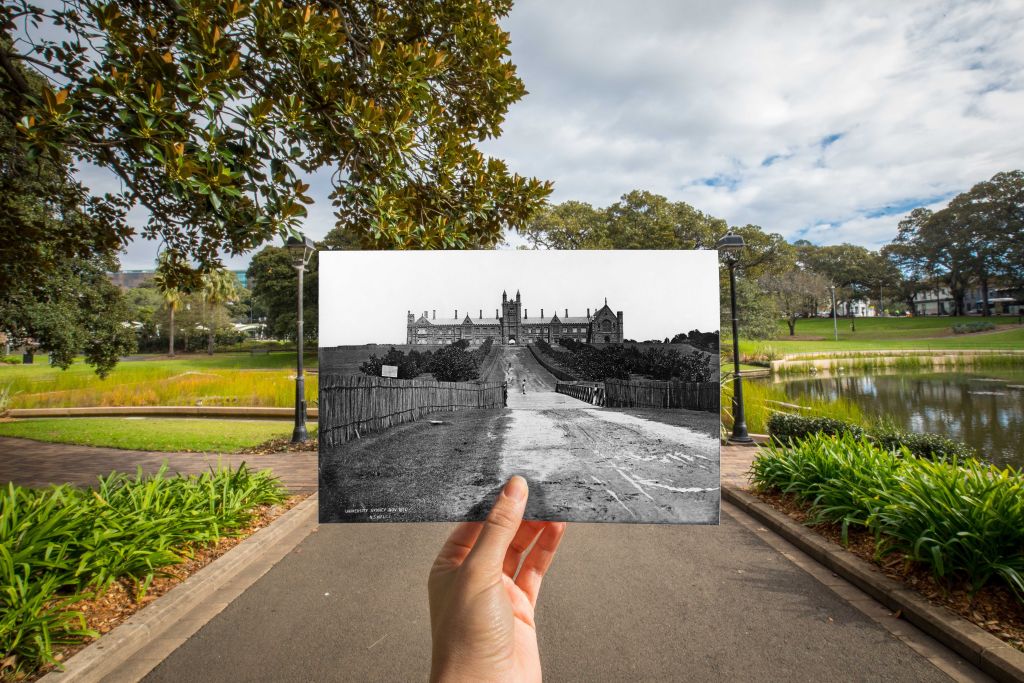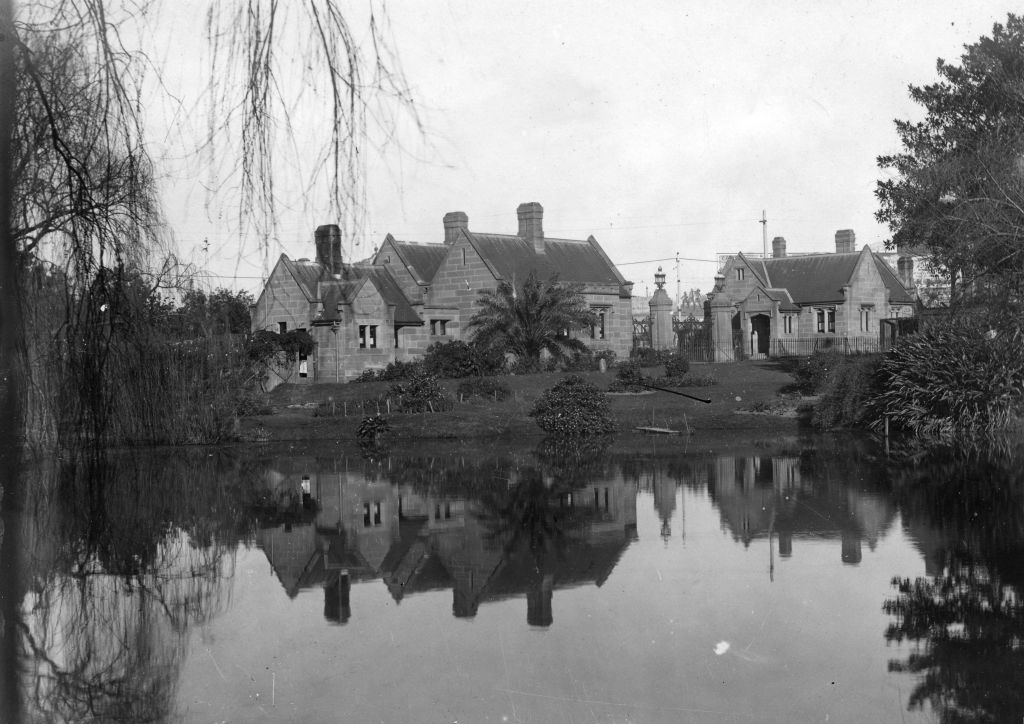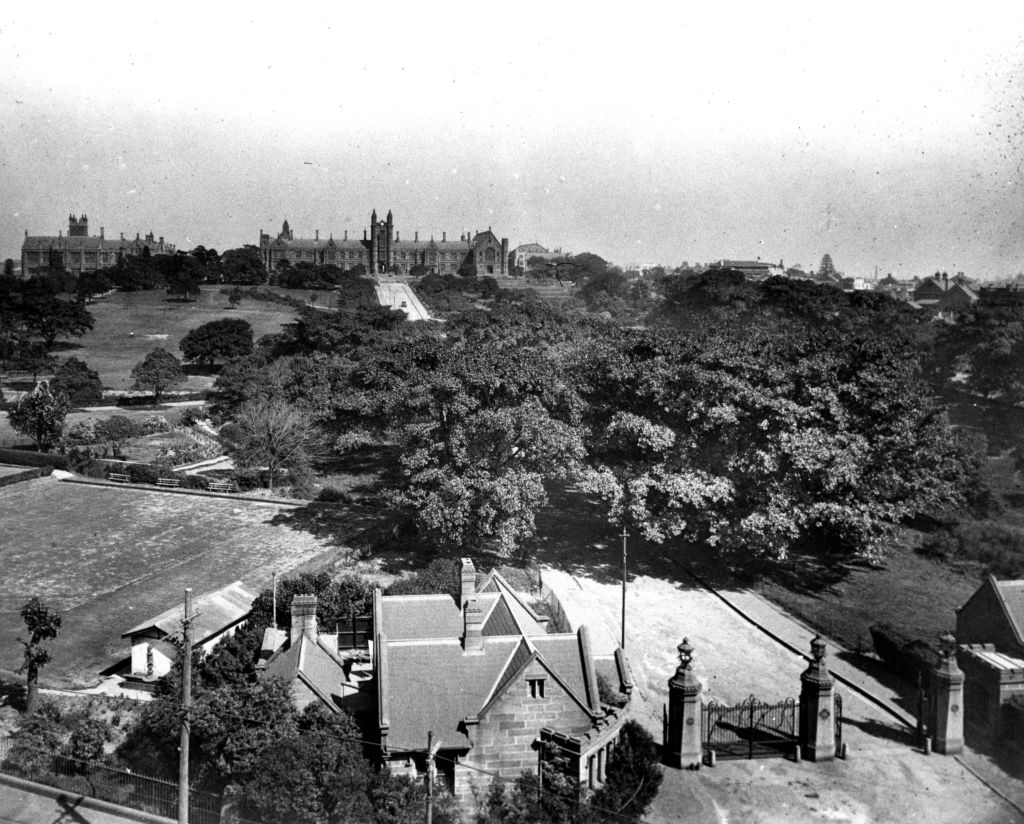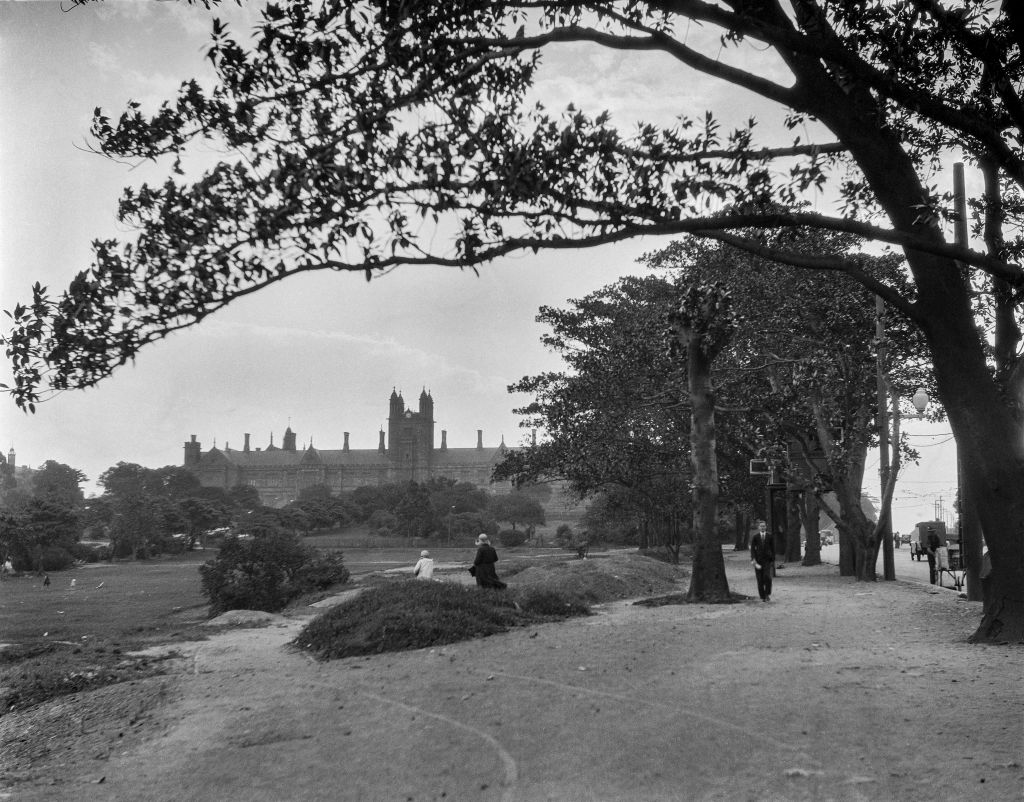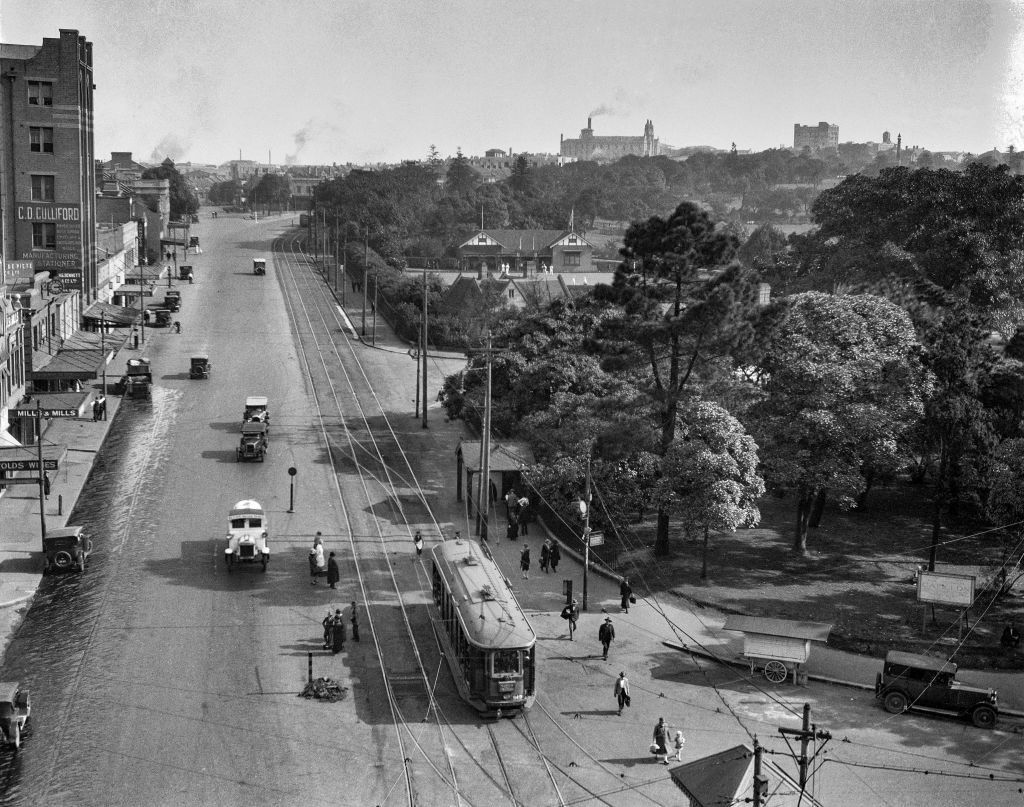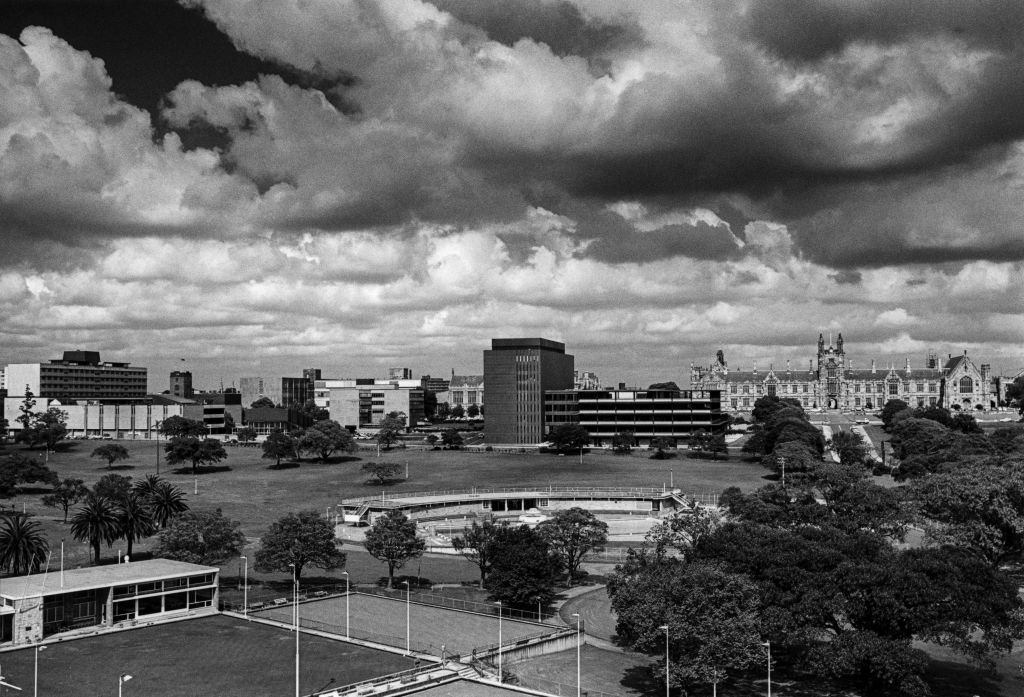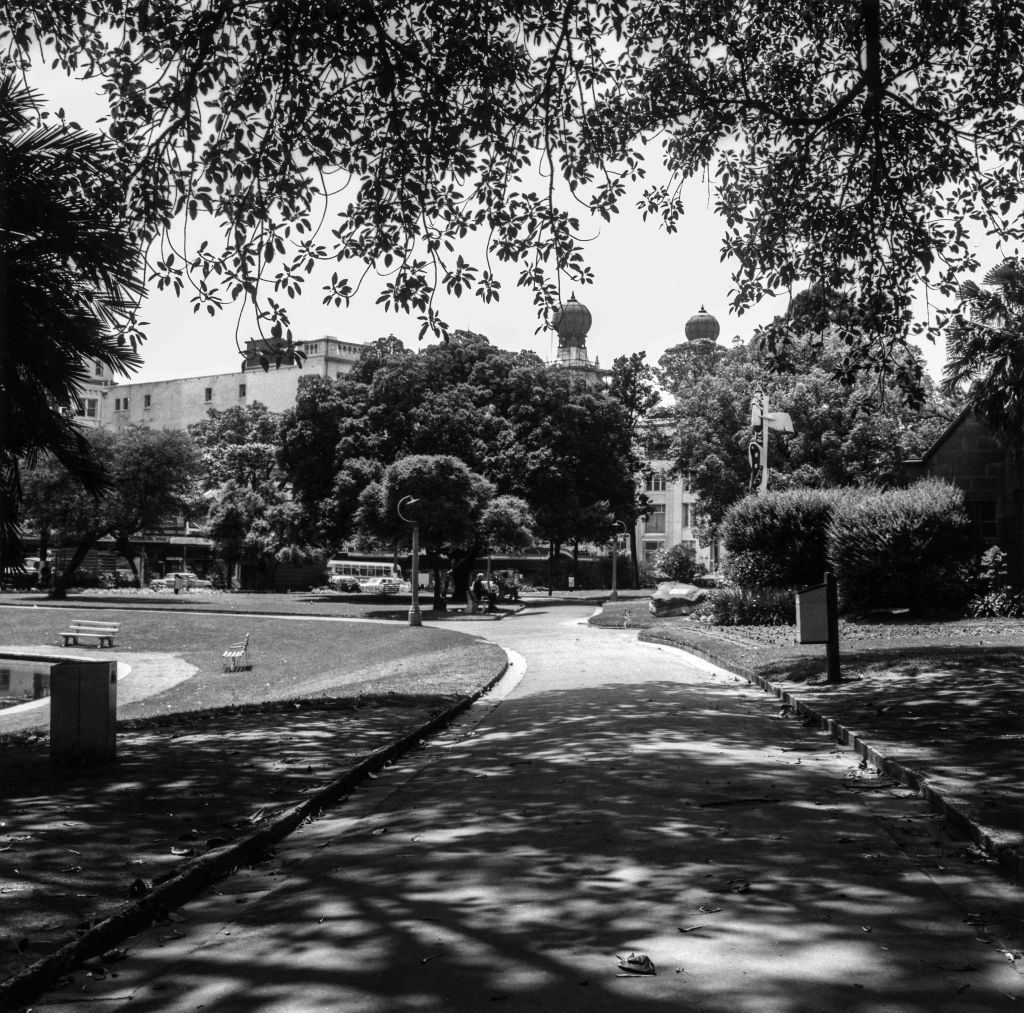Before the arrival of European settlers in 1788, Victoria Park in Camperdown was a heavily-treed, sheltered area with temperate rainforest vegetation.
The park sits in Camperdown at the junction of City and Parramatta roads, and next to the University of Sydney. Both roads began as walking tracks leading from Sydney to Botany Bay and Parramatta. This was the site of some of the earliest land grants in the colony when, in 1789, 1000 acres were reserved for farmlands and pasture for church, government and school officials. Early names included Kangaroo Grounds and Parakeet Hill.
It became Grose Farm in 1792 after land was granted to Lieutenant Governor Francis Grose. For some years it was used as a military camp and later a model farm to employ convicts “in the processes of English husbandry”. In 1855 the site was granted to the University of Sydney and Victoria Park was proclaimed in 1870.
View more of our history and heritage.
